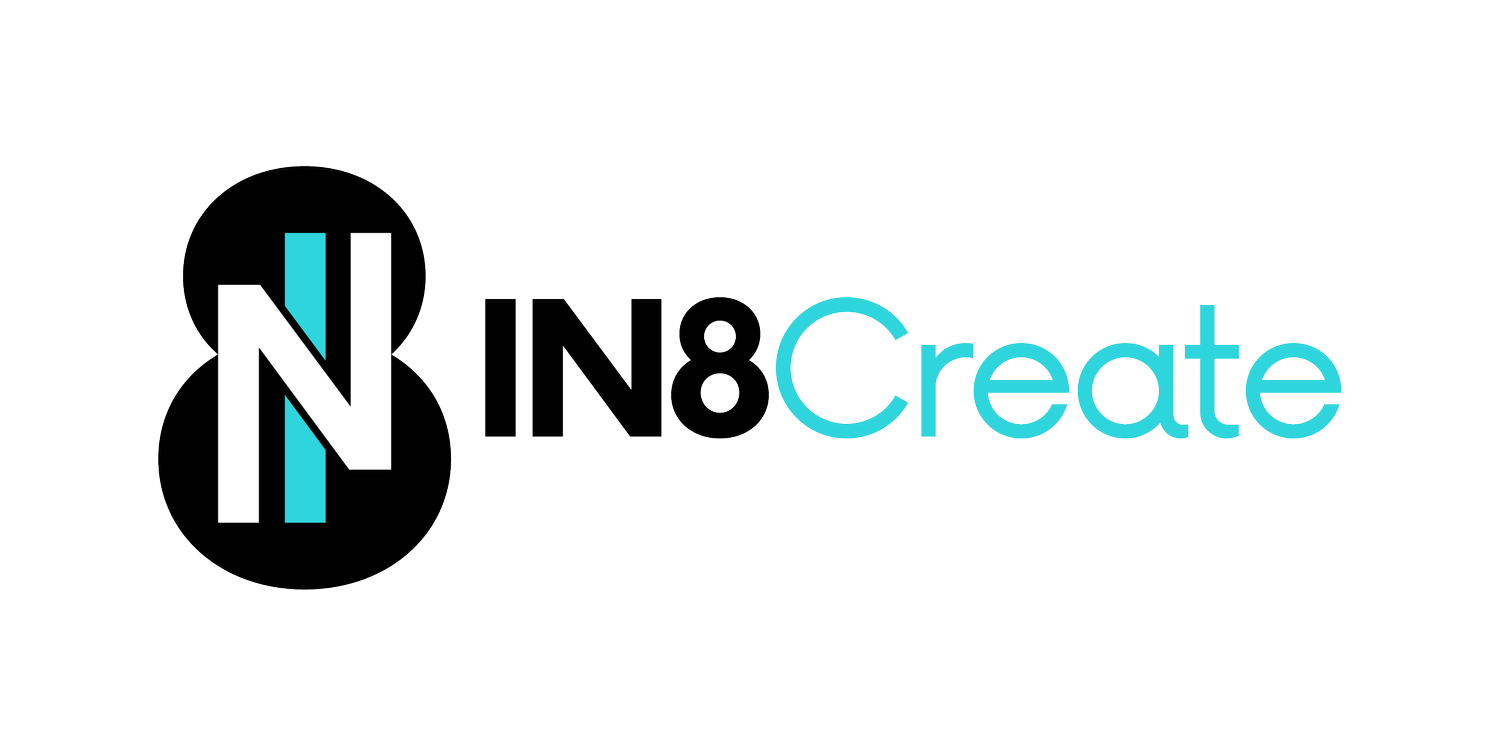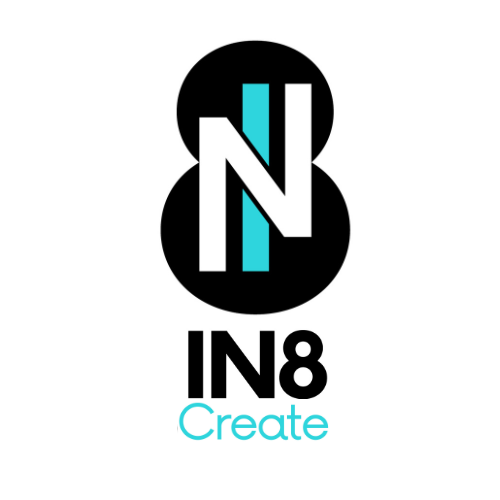Unlock Team Potential with Magical LEGO Sessions: Integrating Psychometrics for Better Collaboration
Use Individual Personality and Abilities to Amplify Team Performance
What “House” Do You Belong To?
Have you ever wondered which Harry Potter house you would be sorted into if Hogwarts was real? The houses—Gryffindor, Hufflepuff, Ravenclaw, and Slytherin—each have distinct traits that align closely with various personal abilities and values. But what if we could take this a step further and compare these traits to established psychometric tools like the MBTI, DISC, and StrengthsFinder? Let's delve into this magical comparison and discover how understanding our unique combinations of traits can foster better team dynamics.
Gryffindor: Courage and Bravery
Traits: Courageous, daring, chivalrous, and determined. Psychometric Comparison:
MBTI: ENFP, ENTP (Extraverted, Intuitive, Feeling, Perceiving types are often adventurous and bold).
DISC: D (Dominance – driven and assertive).
StrengthsFinder: Activator, Command, Self-Assurance (all emphasize taking charge and stepping forward).
Hufflepuff: Loyalty and Hard Work
Traits: Loyal, patient, fair, and hardworking. Psychometric Comparison:
MBTI: ISFJ, ESFJ (Introverted/Extraverted, Sensing, Feeling, Judging types are typically nurturing and supportive).
DISC: S (Steadiness – cooperative, supportive, and dependable).
StrengthsFinder: Consistency, Harmony, Responsibility (focused on reliability and fostering harmony).
Ravenclaw: Wisdom and Wit
Traits: Intelligent, creative, wise, and curious. Psychometric Comparison:
MBTI: INTP, INTJ (Introverted, Intuitive, Thinking, Perceiving/Judging types are analytical and curious).
DISC: C (Conscientiousness – detail-oriented, analytical, and logical).
StrengthsFinder: Learner, Input, Intellection (emphasizing a love for learning and intellectual engagement).
Slytherin: Ambition and Resourcefulness
Traits: Ambitious, cunning, resourceful, and determined. Psychometric Comparison:
MBTI: ENTJ, ESTP (Extraverted, Intuitive/Sensing, Thinking, Judging/Perceiving types are strategic and adaptable).
DISC: I (Influence – persuasive and driven by goals).
StrengthsFinder: Strategic, Competition, Maximizer (focusing on goal-setting and achieving the best results).
Team Building and Psychometrics
Understanding these traits helps in appreciating the diversity within any team. Each person's unique blend of abilities and values can create a more cohesive and effective group dynamic. During our LEGO Serious Play sessions, we often see that the key takeaway for participants is how these varied strengths build uniquely within the team, fostering a deeper understanding of each other.
Customized LEGO Sessions
We can create a customized LEGO session for your team based on the results of your chosen tool—be it MBTI, DISC, or StrengthsFinder. This approach not only makes the session engaging and interactive but also ensures that the insights are deeply personal and relevant.
In our sessions, we can focus on the following elements to elevate team performance:
Identity: Understanding who makes up the team, their values, and how they work.
Trust: Building trust through shared understanding and psychological safety.
Vision: Aligning on where the team is headed and what success looks like.
Communication: Establishing effective communication strategies.
Creativity: Leveraging unique talents and backgrounds.
Performance: Evaluating and improving team performance.
By integrating the fun and familiar world of Harry Potter with psychometrics, we can gain powerful insights into our teams and ourselves. This magical blend of psychology and creativity not only enriches our understanding but also enhances team cohesion and effectiveness. Using playful approaches to team development is a great way to drive connection, and makes working together more enjoyable.
Contact us today for one of our pre-built or custom developed sessions!



